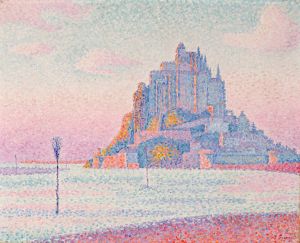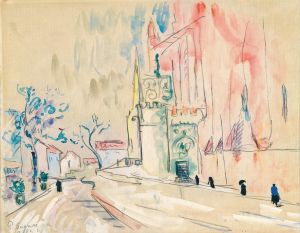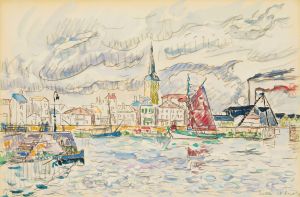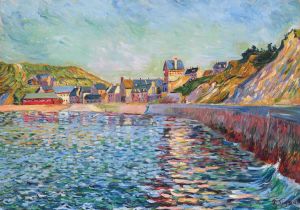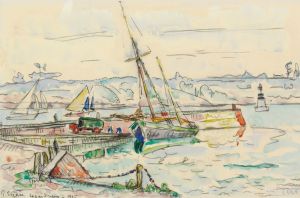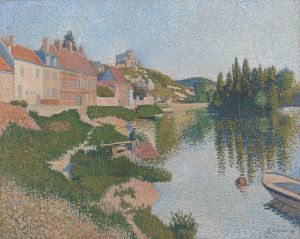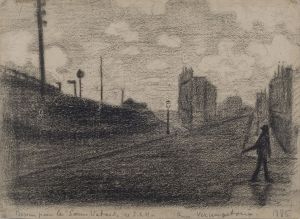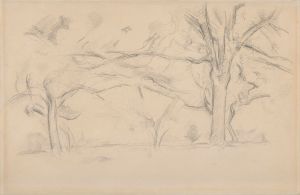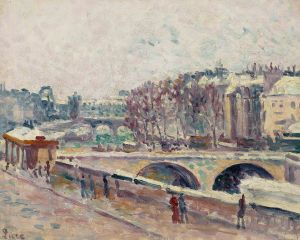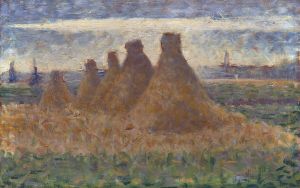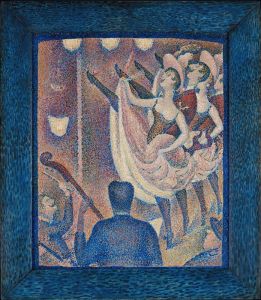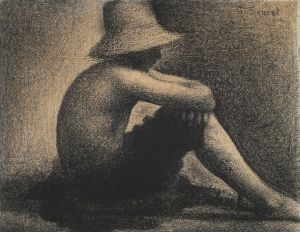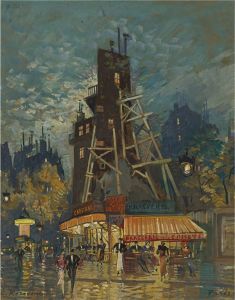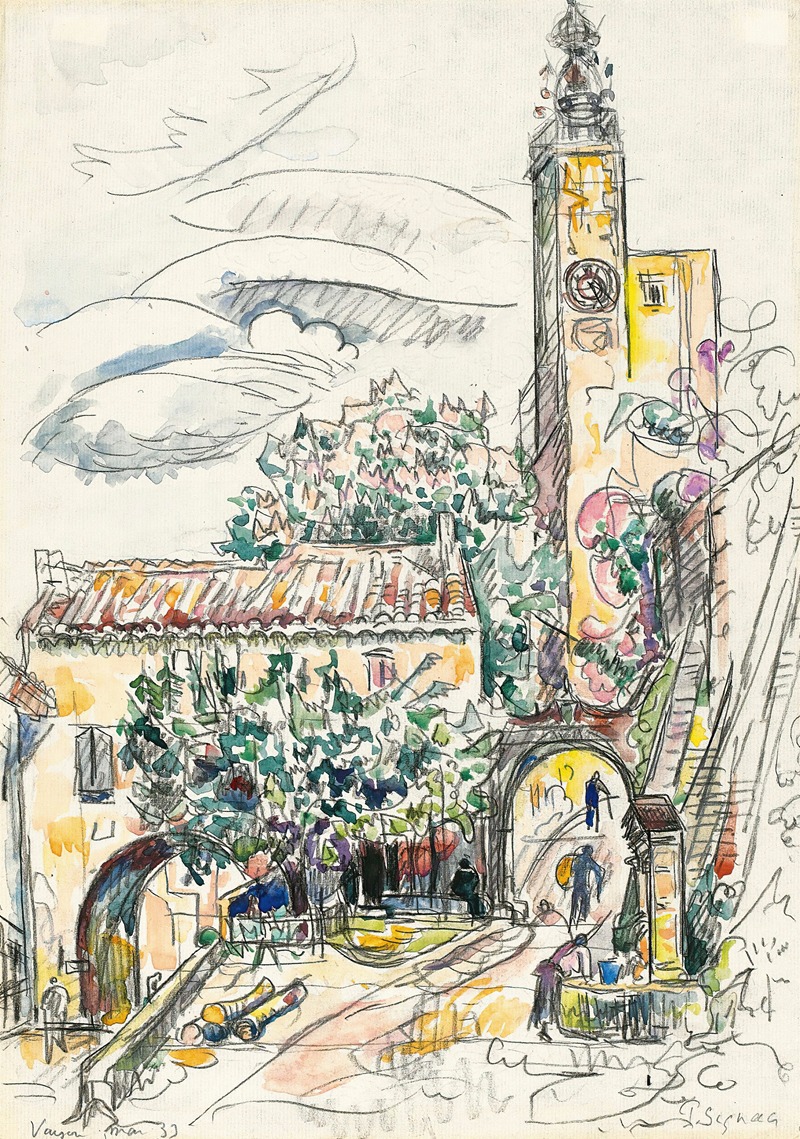
Vaison
A hand-painted replica of Paul Signac’s masterpiece Vaison, meticulously crafted by professional artists to capture the true essence of the original. Each piece is created with museum-quality canvas and rare mineral pigments, carefully painted by experienced artists with delicate brushstrokes and rich, layered colors to perfectly recreate the texture of the original artwork. Unlike machine-printed reproductions, this hand-painted version brings the painting to life, infused with the artist’s emotions and skill in every stroke. Whether for personal collection or home decoration, it instantly elevates the artistic atmosphere of any space.
Paul Signac was a prominent French Neo-Impressionist painter known for his role in developing the Pointillist style alongside Georges Seurat. One of his notable works is "Vaison," which exemplifies his mastery of color and technique. This painting captures the essence of the small town of Vaison-la-Romaine, located in the Provence region of southeastern France. Signac's depiction of Vaison is a testament to his fascination with the interplay of light and color, a hallmark of his artistic approach.
"Vaison" was created during a period when Signac was deeply invested in exploring the effects of light and atmosphere through the use of small, distinct dots of color. This technique, known as Pointillism or Divisionism, involves applying tiny, separate strokes or dots of pure color to the canvas. When viewed from a distance, these dots visually blend to create a luminous and vibrant image. Signac's application of this technique in "Vaison" demonstrates his commitment to scientific approaches to color theory, which he believed could evoke a more intense and harmonious visual experience.
The painting portrays the picturesque landscape of Vaison-la-Romaine, a town renowned for its rich history and Roman ruins. Signac's composition captures the serene beauty of the region, with its rolling hills, ancient architecture, and lush vegetation. The use of vibrant colors and meticulous brushwork brings the scene to life, reflecting the warmth and charm of the Provençal countryside. Signac's choice of subject matter and his execution of the painting reveal his deep appreciation for the natural world and his desire to convey its beauty through his art.
Signac's work on "Vaison" is also indicative of his broader artistic philosophy. As a leading figure in the Neo-Impressionist movement, he was committed to advancing the ideas of his predecessor, Georges Seurat. Signac believed in the power of color to evoke emotion and sought to create compositions that were both scientifically rigorous and aesthetically pleasing. His dedication to these principles is evident in "Vaison," where the careful arrangement of color and form creates a harmonious and evocative image.
Throughout his career, Signac traveled extensively, drawing inspiration from the diverse landscapes he encountered. His journeys to the south of France, including Vaison-la-Romaine, provided him with a wealth of material to explore in his paintings. The region's unique light and vibrant colors were particularly appealing to Signac, who sought to capture their essence in his work.
"Vaison" stands as a significant example of Signac's contribution to the Neo-Impressionist movement and his enduring influence on the art world. His innovative use of color and technique paved the way for future generations of artists, and his commitment to capturing the beauty of the natural world continues to resonate with audiences today. Through "Vaison," Signac not only immortalized the charm of a small French town but also demonstrated the transformative power of art to convey the subtleties of light, color, and emotion.





